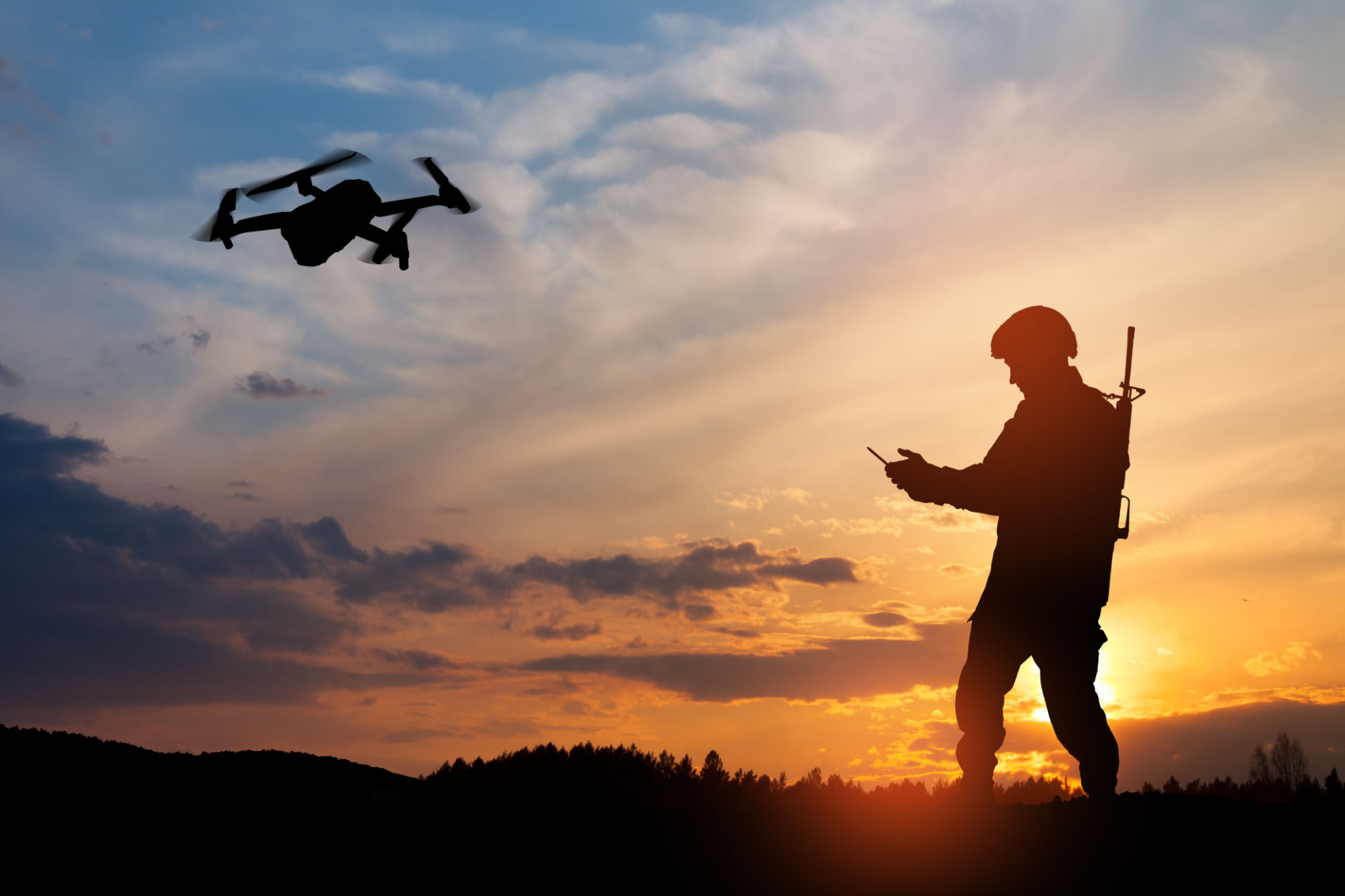Understanding Drone Command and Control Systems: Enhancing Your Operations
Introduction to Drone Command and Control Systems
Drones have revolutionized various industries, from agriculture to filmmaking. At the heart of these unmanned aerial vehicles (UAVs) lies the command and control system, a critical component that ensures seamless operation. Understanding these systems can significantly enhance your drone operations, enabling you to maximize efficiency and effectiveness.
The command and control system is responsible for communication between the drone and its operator. It governs the drone's movements, collects data, and ensures that the operator has real-time information about the drone's status. This system is vital for both amateur enthusiasts and professional operators looking to leverage drones for complex tasks.

Components of a Drone Command and Control System
The command and control system comprises several key components, each playing a crucial role. These include:
- Ground Control Station (GCS): The GCS is where operators monitor and control the drone. It can be a dedicated device or software installed on a laptop or tablet.
- Communication Link: This is the connection between the drone and the GCS, allowing for data transmission and reception. It can be radio-based or use advanced technologies like 4G/5G.
- Onboard Flight Controller: This component processes commands from the GCS and manages the drone's flight dynamics and stability.
Each of these components must work harmoniously to ensure safe and efficient drone operations. A robust command and control system can prevent mishaps and enhance the operational range and capability of drones.

Enhancing Operational Efficiency
To enhance your drone operations, understanding how to optimize these systems is key. First, ensure that you are using a reliable and secure communication link. Interference or weak signals can disrupt operations, leading to potential failures or accidents. Regularly updating your software and hardware can also help maintain optimal performance.
Another important aspect is training. Operators should be well-versed in using the GCS and have a thorough understanding of the flight controller's functionalities. This knowledge allows for quick decision-making in unexpected situations, ultimately improving efficiency and safety.

Advanced Features and Technologies
Modern drone command and control systems are equipped with advanced features that can further enhance operations. Features such as autonomous flight capabilities, real-time data analytics, and AI-driven decision-making are becoming increasingly common. These technologies allow drones to perform complex tasks with minimal human intervention.
Moreover, integrating additional sensors with your drones can provide valuable insights. For instance, thermal cameras can be used in search and rescue operations, while LiDAR sensors are essential for topographical mapping. The ability to customize your drone's capabilities through its command and control system opens up a myriad of possibilities.
Challenges and Considerations
Despite their advantages, drone command and control systems come with their challenges. One major consideration is ensuring data security, especially if drones are used in sensitive operations. Implementing encryption and secure communication protocols is essential to protect against unauthorized access.
Moreover, as regulations evolve, staying compliant with aviation authorities is crucial. This may involve adhering to specific operational guidelines or obtaining necessary certifications for your drone systems. Keeping abreast of these changes can help prevent legal complications and ensure smooth operations.

Conclusion
Understanding drone command and control systems is fundamental to enhancing your operations. By leveraging their capabilities, investing in training, and staying informed about technological advancements, you can unlock the full potential of drones in your industry. As these systems continue to evolve, they will undoubtedly offer even greater opportunities for innovation and efficiency in the future.
